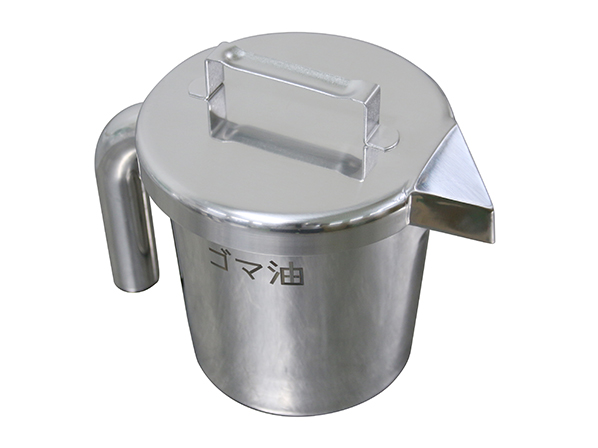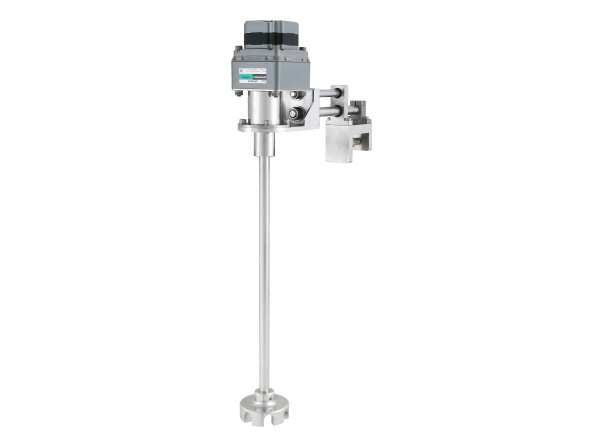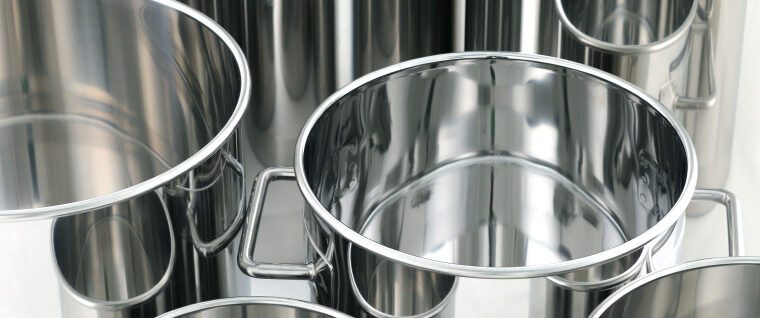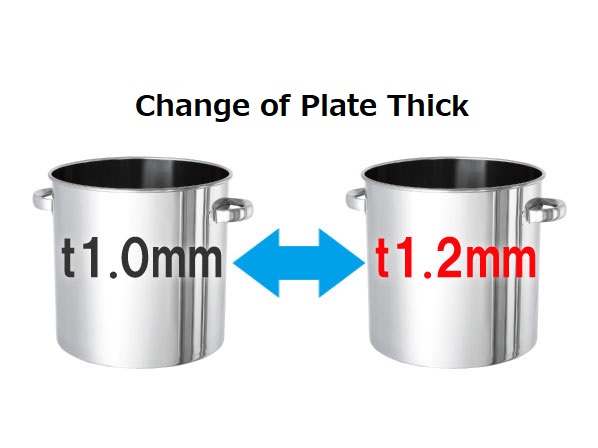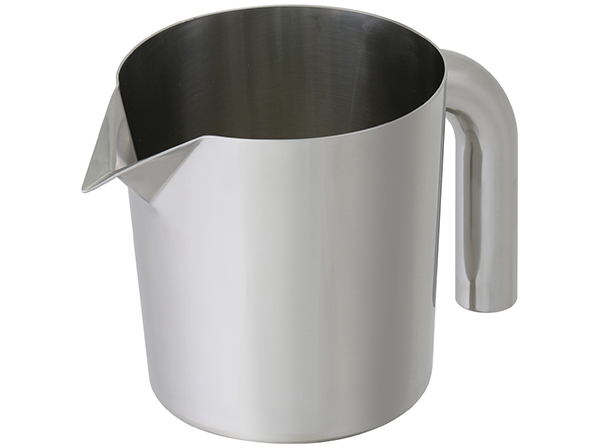
Content of this Article:
- What is electropolishing anyway?
2. Benefits of Electrolytic Polishing
3. Disadvantages of Electrolytic Polishing
4. Is Electrolytic Polishing Graded?
1. What is electropolishing anyway?
Electropolishing (or Electrolytic Polishing, EP) is a polishing method in which metal ions are eluted from a metal surface to smooth the surface.
This adds functions such as “removing dirt such as oil and buff powder” and “inhibiting microbial adhesion” to metal surfaces.
In stainless steel, it also increases the chromium concentration on the metal surface and improves corrosion resistance.
For pharmaceutical manufacturers seeking to avoid contamination and corrosion resistance from surfaces, electropolishing is essential from the standpoint of GMP and validation.

▲The electropolished stainless surface has a slightly blackish sheen (tank in the center of the photo).
Electropolishing causes the metal surface to melt slightly.
It doesn’t melt so much that you can tell it’s fluffy when you touch it, but it’s about one-third the thickness of the copy paper. (20 ~ 30 microns)
It adds function by melting the surface thinly, so if you think of it as “reverse plating,” it may be easier to imagine.
2.Benefits of Electrolytic Polishing
Electrolytic polishing offers the following benefits:
1)To remove dirt that can’t be removed by regular cleaning
2)To make stains harder to leave and easier to remove
3)To improve corrosion resistance for preventing rust.
1)To remove dirt that can't be removed by regular cleaning
It can remove oil stains from processes such as rolling and pressing stainless steel or buffing after welding (Also called “degrease”) .
These stains enter the complexly deformed stainless steel surface and are difficult to remove with regular cleaning.
Electropolishing dissolves the convex part of the surface and produces a smooth surface, allowing dirt to be exposed and easily removed.
Raw Material Surface
Buff-Polished Surface
Electrolytic Polished Surface



Rough surface
Mingled with buff powder and greasy dirt
Clean, smooth surface
2)To make stains harder to leave and easier to remove

It’s not just when it’s new that you can keep it clean.
You can see from the image above that the electropolished surface is very smooth and the surface area is reduced.
Compared to the condition in which the uneven surface collapses after buffing and there are many fine gaps, it can be kept clean with less dirt remaining and easier to remove even after repeated use and cleaning.
Research by the U.S. Department of Agriculture has also shown that electropolished surfaces are less likely to retain biofilms (collections of microorganisms).
In this way, electropolishing can easily maintain a sanitary metal surface.
3)To improve corrosion resistance for preventing rust
To overlap with the beginning of the article, electropolishing increases the chromium concentration on metal surfaces. This is called chromium rich, when the metal surface is covered with a strong passive coating, which improves corrosion resistance.
The passive film prevents the iron in stainless steel from trying to combine with oxygen (= rusting). It’s inherent in the stainless steel itself, but the chromium richness makes it stronger.
3. Disadvantages of Electrolytic Polishing
Electrolytic polishing itself does not have a negative impact on the metal surface, but there are secondary drawbacks (risks).
It is expensive. In our case, it costs about 2-3 times as much as a container finished with buffing. There is a risk of electrolyte entering gaps. From the design stage, it is necessary to consider applying electrolytic polishing and create a structure with fewer gaps.
4. Is Electrolytic Polishing Graded?
Electrolytic polishing is a great technique that has no direct drawbacks, but it may not produce the desired effect if the appropriate method is not used.
Even if it is a stainless steel container that has undergone electrolytic polishing,
it cannot be used without repeated washing…
Dirt adheres to the white tablets and turns them black…
Red rust (rouge) occurs…
These phenomena occur because the electrolytic polishing is insufficient. The difference is caused by the way the electrolytic polishing is applied.
From here, we would like to introduce our company’s commitment to electrolytic polishing as a stainless steel container manufacturer.
Standard EP method

Place the electrode plates on both sides of the electrolyzer containing the electrolyte (a mixture of phosphoric acid and sulfuric acid) and insert the product between them. When the positive (+) end of the DC electricity is connected to the product and the negative (-) end is connected to the electrode plate, current flows through the electrolyte and the product is subjected to electropolishing.
This method is suitable for electropolishing fine parts, but not for stainless steel containers such as those handled by our company. Although electropolishing should be applied firmly to the inner surface where the contents directly touch, this method results in weak current flow through the inner surface, leading to weak electropolishing.
Electrolytic polishing method to finish high grade by NITTO KINZOKU

Nitto Kinzoku Kogyo uses a method that ensures thorough electropolishing of the container’s interior.
The main difference from conventional methods is in the electrode plate. Electrolytic polishing is carried out using a custom electrode plate that is tailored to the container’s inner surface. This enables a stronger and more uniform treatment, maximizing the benefits of electropolishing.
Our ability to design, manufacture, and consistently electropolish each container allows us to prepare a dedicated electrode plate for every unit. This is the key to Nitto Kinzoku’s superior electropolishing quality.
We have delivered many electrolytic polishing products to pharmaceutical companies


